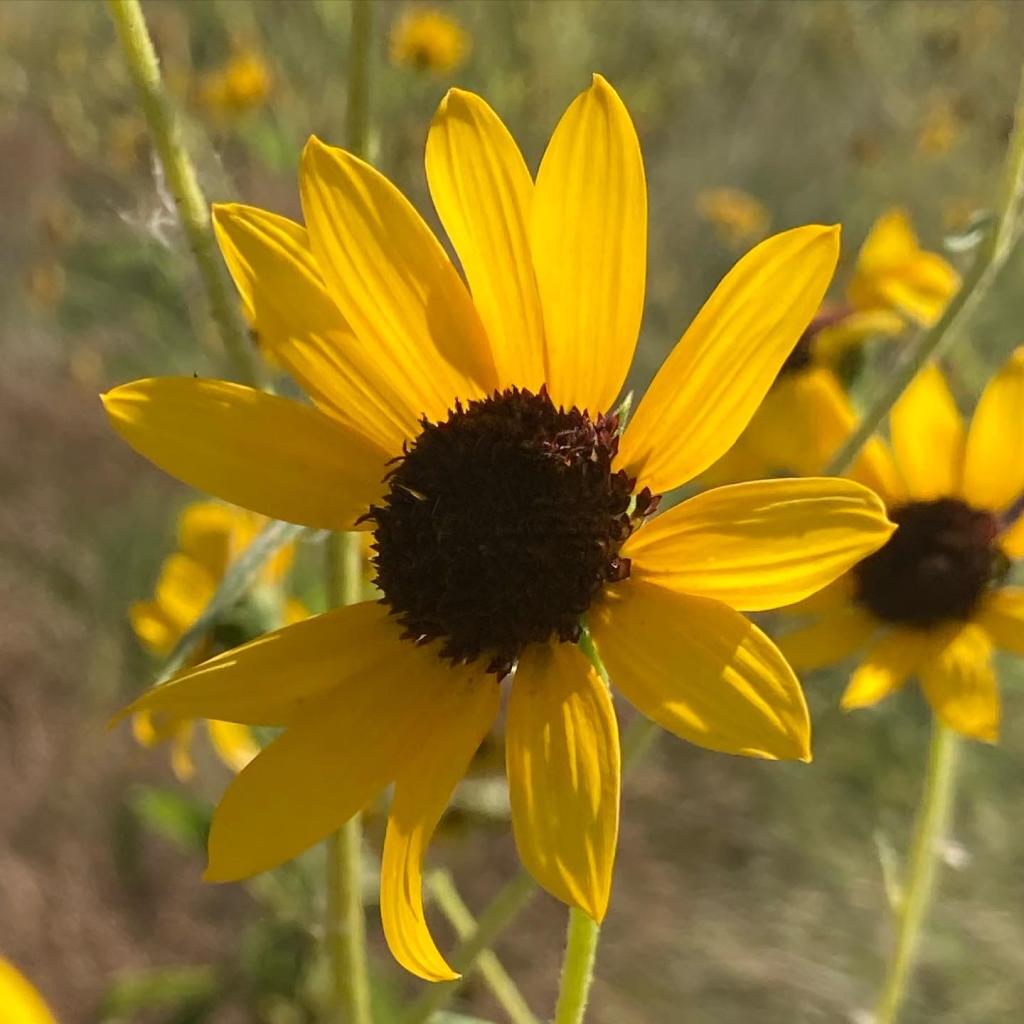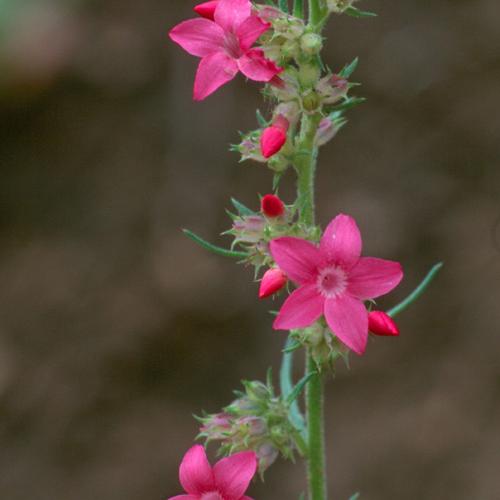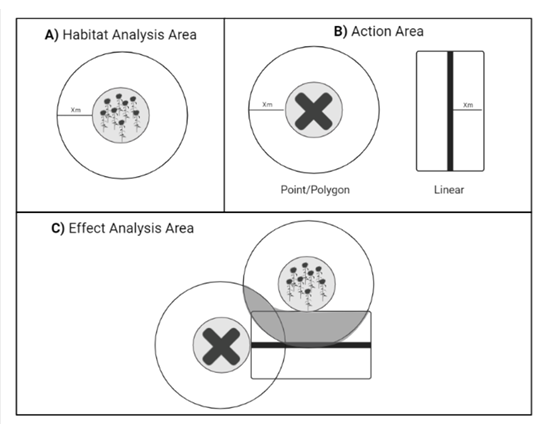By Ashlee Wolf, July 2024
There are currently 15 plant species in New Mexico with federal status under the Endangered Species Act (ESA). Many of these species are threatened by energy development and the effects of climate change in fragile habitats where they grow. Land managers with federal agencies are tasked with protecting endangered species while also facilitating multiple uses of public lands, a sometimes conflicting set of mandates that requires careful analyses and planning to uphold federal laws and the agency’s mission. To aid in effective conservation of New Mexico’s endangered plants, the Southwest Office of the Institute for Applied Ecology worked with the U.S. Fish and Wildlife Service under funding from the Bureau of Land Management to develop resources for ESA, Section 7 Consultations for federally listed plants in New Mexico. You can check out the freshly published documents here!

The Endangered Species Act (ESA) of 1973 is the primary law for conserving fish, wildlife, and plant species that are at risk of extinction. Species listed under ESA as threatened or endangered are protected by several provisions within the law and federal agencies are required to work towards each listed species’ recovery and, ideally, removal from the endangered species list.
Section 7 of the ESA is titled “Interagency Cooperation” and it requires federal agencies to ensure that any activities on federal lands do not jeopardize the continued existence of endangered species or their habitats. To meet these requirements, federal agencies consult with the U.S. Fish and Wildlife Service (USFWS) whenever a project or activity proposed on federal lands or involves federal funding has potential to impact an endangered species. The consultation process can include informal and formal consultations, and the outcome is a Biological Opinion. The formal consultation process involves a thorough analysis of how a proposed activity could impact endangered species and their habitats and then making a plan to avoid or mitigate negative impacts. For example, building a new dirt road has the potential to introduce invasive species that disrupt endangered species habitat. Potential strategies for mitigating this negative effect could be to implement protocols to clean equipment thoroughly between uses and develop an early detection and rapid response protocol if any invasive species are observed after the road is complete. ESA Section 7 consultations can be complicated because they require vast knowledge sets about how various activities can impact endangered species and their habitats, and also an understanding of what each endangered species needs to survive.

The resources developed by IAE in partnership with the USFWS, New Mexico Ecological Services Office represent a synthesis of information to assist Section 7 practitioners in achieving conservation of Federally listed plants in New Mexico. This effort involved reviewing over 300 documents, hosting regular working group meetings to solicit input and co-develop content with stakeholders, and using this information to draft a comprehensive set of documents. The documents include:
- Recommendations for Endangered Species Act Section 7 Consultations Involving Plants in New Mexico
- Appendix A: Species Summaries for Federally Listed Plant Species in New Mexico
- Appendix B: Methodology for Delineating Habitat Analysis Areas for Threatened and Endangered Plant Species in New Mexico
- Appendix C: Literature Reviewed for Action Area Considerations
- Botany Sect. 7 Recommendations Literature (Zotero Library)
- Standards for Conducting and Reporting Consultation Surveys for Federally Listed, Proposed, and Candidate Plants in New Mexico

While these tools are helpful and encouraged to streamline the collaborative Section 7 consultation process for plants, this is not new guidance, policy, or regulation. This project involved many individuals–mostly supported by the BLM–who helped substantially with literature review: Megan Rabinowich, Clara Rabbani, Michael Barnes, Elizabeth Buhr, Emily Yannayon, Fernando Rodriguez, Tino Mendietta, and Tyler Turk. The full list of contributors from IAE, FWS, BLM, and other agencies and organizations can be found in the resources linked above.
While the species included in these resources are specific to New Mexico, the recommended methodologies are widely applicable. We hope these resources will be useful in conserving plant species across the region!
